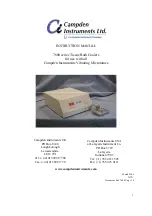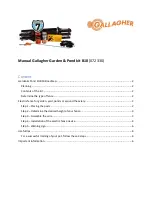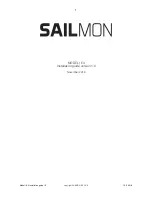5 Peristaltic pumps - an overview
Rollers or shoes in a peristaltic pump compress the tube or hose as they rotate,
creating a vacuum which draws fluid through the tube.
Nothing but the pump tube or hose touches the fluid, eliminating the risk of the
pump contaminating the fluid, or the fluid contaminating the pump.
www.wmftg.com/how-do-peristaltic-pumps-work
The figure shows fluid being drawn into a pump tube, trapped by the pumphead
roller, and expelled when the next roller passes over the tube. As the rollers rotate,
a vacuum is formed in the tube, pulling in more fluid, for the next roller pass.
The complete closure of the tube when it is occluded (squeezed) between the roller
and the track, gives the pump its positive displacement action, preventing backflow
and eliminating the need for check-valves when the pump is not running.
Peristaltic pumps are self-priming and self-sealing against backflow. No valves are
required in infeed or discharge line, except those specified in "Table 3 - Tube sizes"
on page 21.
PF7/PF7+ Peristaltic Filler with QC14 Pumphead User Manual
14
EN
EN
EN
EN
EN
EN
EN
EN
EN
EN
EN
EN
EN
EN
EN
EN
EN


















